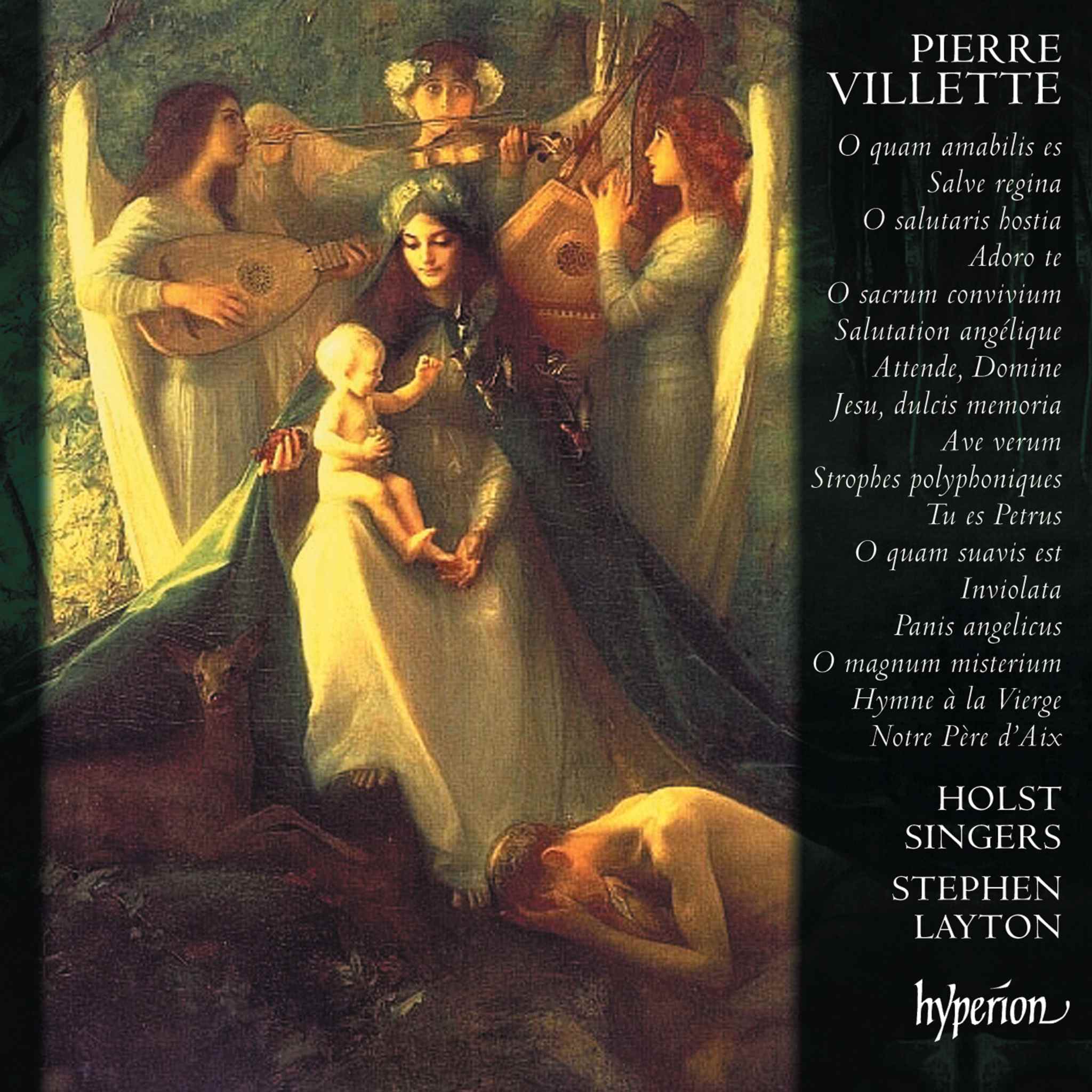Album insights
Nach einer intensiven Schaffensperiode in Oslo zog Edvard Grieg 1877 gemeinsam mit seiner Frau Nina nach Hardanger. Innerhalb weniger Jahre entstanden dort zahlreiche bedeutende Werke, darunter das Streichquartett Nr. 1 in g-Moll, das sich durch seine dichte Klangstruktur und die reiche musikalische Gestaltung deutlich von anderen Kompositionen abhebt. Für dieses Quartett griff Grieg auf die Melodie seines Liedes "Spillemaend" zurück, die als zentrales Motiv alle Sätze miteinander verbindet. Das Werk wurde von Franz Liszt als besonders beeindruckend hervorgehoben.
Während seines Aufenthalts in Kopenhagen sah sich Grieg immer wieder mit künstlerischen Zweifeln konfrontiert, fand jedoch dennoch die Inspiration, Teile seines Streichquartetts Nr. 2 in F-Dur zu komponieren. Er plante, dieses Stück in Oslo zu vollenden, doch die Musik blieb unvollendet und beschäftigte ihn bis an sein Lebensende. Trotz seines Wunsches, das Werk abzuschließen, fehlten ihm Ruhe und die nötigen Bedingungen dazu.
Das unvollendete Quartett bedeutete für Grieg ein langes Bedauern. Schließlich gelangte das Manuskript in den Besitz seines Freundes Julius Röntgen, der die ersten beiden Sätze vollendete. Diese wurden in privatem Rahmen aufgeführt, wobei namhafte Musiker an ungewöhnlichen Instrumenten beteiligt waren. Öffentliche Aufführungen blieben selten, doch 1996 wurde das Werk vom Chilingirian-Quartett in Norwegen gespielt. Levon Chilingirian bearbeitete dabei die ersten beiden Sätze, um Griegs ursprüngliche Fassung zu präsentieren.









